Substance Abuse Prevention and Control
Prevention
Prevention
Prevention is the use of strategies or programs to change social norms, social conditions, and risky behaviors to minimize substance use initiation before it leads to substance use-associated disorders (addiction). The Bureau of Substance Abuse Prevention and Control's (SAPC) Prevention Division oversees primary prevention services throughout Los Angeles County for youth, young adults, and adults. Programs are geared for individuals who have never used, may be at-risk for using, or do not have a current substance use disorder (also known as addiction) or need treatment.
Prevention First: Primary prevention programs provide a comprehensive range of presentations, classes, youth activities, community events,
and public health advocacy to prevent community substance use.
To support prevention work the Substance Abuse and Mental Health Services Administration (SAMHSA) developed the Strategic Prevention Framework which includes 5 steps:
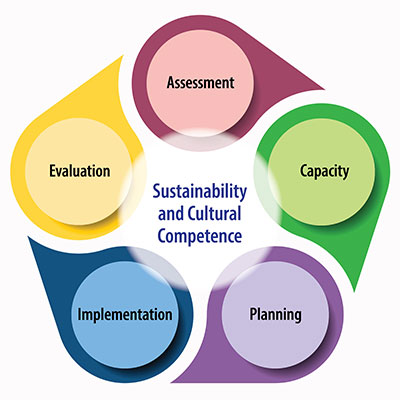
- Assessment
- Capacity
- Planning
- Implementation
- Evaluation
Additionally, SAPC's prevention approach uses the Center for Substance Abuse Prevention (CSAP) strategies to improve behavioral health through evidence-based approaches.
Prevention Strategies
Substance use prevention services address both individual and community-level public health issues of drug access and availability, with key strategies targeting risk and protective factors associated with cannabis, alcohol, methamphetamine, and opioid use. In Los Angeles County, these strategies promote community engagement and build capacity at a local level, enhancing the delivery of primary prevention services.-
STRATEGY 1: Increase Community Education and Awareness Through Positive Youth Development Programs.
Contact a local prevention provider to learn more.- Educating the public on recognizing substance misuse and abuse, including the short-term effects and long-term dangers of substances, is a key tool to reduce use and associated harms. Community education programs include skill-building activities for youth to manage stress and healthy ways to cope, reduce risk, offer alternative activities, and highlight the harms of use.
-
STRATEGY 2: Mobilize Community to Develop Strategies That Address Local Concerns Over Misuse of Substances.
Contact your local community coalition to learn more.- Through coalition-building, collaboration with partners help reduce access and availability among youth and minimize associated harms.
- Coalitions partner with local community members to develop and enforce policies that minimize substance-related harms, limit outlets that offer substances (if legal), and restrict access to minors.
- Coalitions engage community members to advocate for safe prescribing and disposal practices, restricted online sales and delivery of substances to minors, advertising and packaging restrictions to minors, safe consumer labeling practices, and increased access to services.
- In collaboration with elected officials and community leaders, coalitions address the connection between substance-related harms and the community conditions impacting health outcomes. Coalitions support health equity policies that address chronic disinvestment and the social determinants of health.
-
STRATEGY 3: Enhance Data Collection to Assess the Scope of Use in Los Angeles County.
Click here for SAPC Prevention Data Briefs.- Local outlet density reports, environmental scans, and community needs assessments evaluate community needs, strengths, and service gaps. Surveys are analyzed to determine the prevalence of substance use and other problematic behaviors across Los Angeles County, such as drug-seeking behaviors of teens.
- Through pilot programs, data collection efforts document issues of marijuana smoking in shared spaces, such as multi-unit dwellings, public parks, businesses, and schools. Other programs assess the extent of alcohol availability to minors through local alcohol delivery applications.
-
STRATEGY 4: Launch Countywide Media Campaign to Promote Education And Awareness.
Click here to view Prevention Media Campaigns.- Media campaigns provide countywide awareness and education on priority substances that affect Los Angeles County communities. Media campaigns provide messaging that involve the most relevant forms of media, including a significant call to action.
- Since 2017, prevention media campaigns cover various topics including marijuana, prescription opioids, methamphetamine, alcohol, and fentanyl. They serve to complement existing prevention efforts by providing parallel messaging in terms of content, tone, and approach.
Community Coalitions
Through coalition-building, collaboration with community partners helps reduce access and availability among youth and minimize associated harms. Each Service Planning Area (SPA) is served by a coalition of community-based providers. Together, they work with other local, county, and state-wide partners, focused on the needs of their specific populations which may have unique cultural and linguistic needs. SPA Coalitions partner with local stakeholders and community members to support efforts that minimize substance-related harms, such as limiting retail outlets that offer substances (if legal) and restrict access to minors. In collaboration with elected officials and community leaders, coalitions address the connection between substance-related harms and the community conditions impacting health outcomes. If you are interested in learning more, please see below.Service Planning Area (SPA)
SPA-Based Prevention Coalition
Communities Served
SPA01
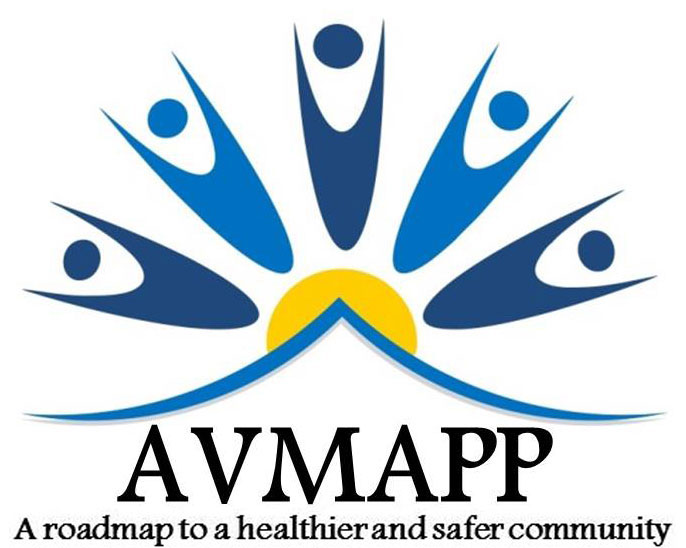
Antelope Valley Marijuana, Alcohol, and Pharmaceutical Prevention Coalition (AVMAPP)
Acton, Agua Dulce, Anaverde, Del Sur, Desert View Highlands, Gorman, Lake Hughes, Lake Los Angeles, Lancaster, Leona Valley, Littlerock, Littlerock/Juniper Hills,
Littlerock/Pearblossom, Llano, Palmdale, Palmdale Unincorporated, Pearblossom/Llano, Quartz Hill, Sun Village, West Antelope Valley, White Fence Farms, and others.
http://publichealth.lacounty.gov/chs/SPA1/index.htm
http://publichealth.lacounty.gov/chs/SPA1/index.htm
SPA02
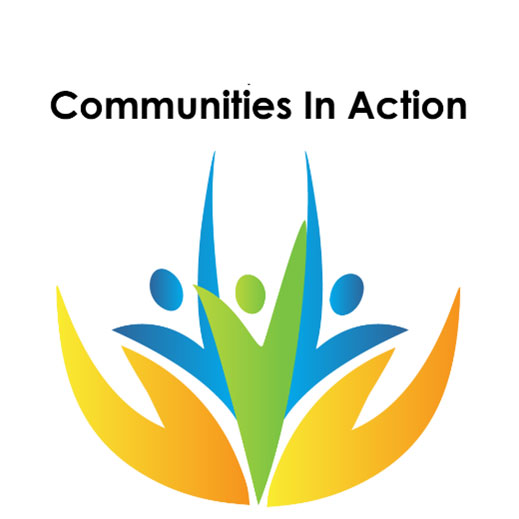
Communities In Action (CIC)
Burbank, Calabasas, Canoga Park, Canyon Country, Encino, Glendale, LA Cañada-Flintridge, San Fernando, Sherman Oaks, Sun Valley, Van Nuys, Woodland Hills, and others.
http://publichealth.lacounty.gov/chs/SPA2/index.htm
http://publichealth.lacounty.gov/chs/SPA2/index.htm
SPA03
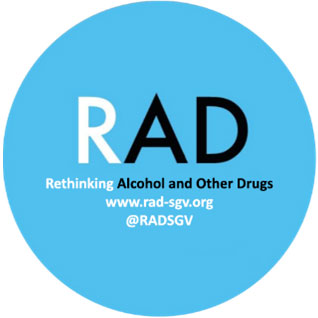
Rethinking Alcohol and Other Drugs (RAD)
Alhambra, Altadena, Arcadia, Azusa, Baldwin Park, Claremont, Covina, Diamond Bar, Duarte, El Monte, Glendora, Irwindale, Monrovia, Monterey Park, Pasadena,
Pomona, San Dimas, San Gabriel, San Marino, Temple City, Walnut, West Covina, and others.
http://publichealth.lacounty.gov/chs/SPA3/index.htm
http://publichealth.lacounty.gov/chs/SPA3/index.htm
SPA04
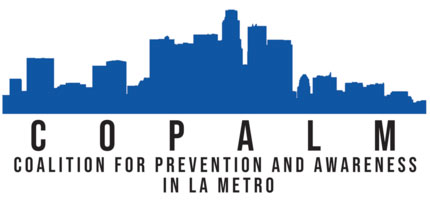
Coalition for Prevention and Awareness in L.A. Metro (CoPALM)
Echo Park, El Sereno, Hollywood, Mid-City Wilshire, Monterey Hills, Mount Washington, Silverlake, West Hollywood, and Westlake, and others.
http://publichealth.lacounty.gov/chs/SPA4/index.htm
http://publichealth.lacounty.gov/chs/SPA4/index.htm
SPA05
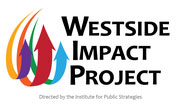
Westside Impact Project (WIP)
Bel Air, Beverly Hills, Brentwood, Culver City, Ladera, Malibu, Mar Vista, Marina del Rey, Pacific Palisades, Palms, Playa del Rey, Santa Monica, Venice, West LA, Westchester, Westwood, and others.
http://publichealth.lacounty.gov/chs/SPA5/index.htm
http://publichealth.lacounty.gov/chs/SPA5/index.htm
SPA06

South Los Angeles Movement (SLAM) Prevention Coalition
Athens, Compton, Crenshaw, Florence, Hyde Park, Lynwood, Paramount, and Watts and others.
http://publichealth.lacounty.gov/chs/SPA6/
http://publichealth.lacounty.gov/chs/SPA6/
SPA07
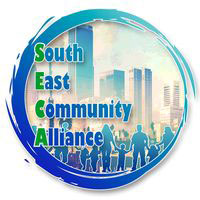
South East Community Alliance (SECA)
Artesia, Bell, Bellflower, Bell Gardens, Cerritos, City of Commerce, City Terrace, Cudahy, Downey, East Los Angeles, Hawaiian Gardens, Huntington Park, La Habra Heights, Lakewood, La Mirada,
Los Nietos, Maywood, Montebello, Norwalk, Pico Rivera, Santa Fe Springs, Signal Hill, South Gate, Vernon, Walnut Park, Whittier, and others.
http://publichealth.lacounty.gov/chs/SPA7/
http://publichealth.lacounty.gov/chs/SPA7/
SPA08
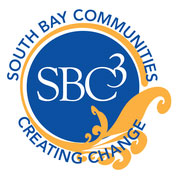
South Bay Communities Creating Change (SBC3)
Athens, Avalon, Carson, Catalina Island, El Segundo, Gardena, Harbor City, Hawthorne, Inglewood, Lawndale, Lennox, Hermosa Beach, Manhattan Beach, Palos Verdes Estates, Rancho Dominguez,
Rancho Palos Verdes, Redondo Beach, Rolling Hills, Rolling Hills Estates, San Pedro, Torrance, Wilmington, and others.
http://publichealth.lacounty.gov/chs/SPA8/
http://publichealth.lacounty.gov/chs/SPA8/
Finding Services
Community-Based Prevention NetworkThe community-based prevention network consists of multiple community-based agencies that provide primary prevention services to Los Angeles County residents. Community-based agencies in over 40 locations provide an array of prevention services and interventions throughout LA County serving over 20,000 county residents. Below are some of the services that can be requested.




- Student educational classes
- Parent/family educational classes
- Youth/adult mentorship programs
- Peer leadership programs
- Student assistance programs
- Public health education and awareness activities
- Parent/guardian presentations and professional trainings
- Youth-centered community events (i.e. town halls, health fairs, teen summits)
- Community service events
- Community needs assessments
- Coalition-building and public health advocacy
- Retailer education and engagement
- Community media campaigns
Resources
Schools play an important part in a child’s life since children spend a majority of their time in these settings and can receive additional support from administrators and peers. Our network of prevention providers offers a variety of services at schools and other community settings to engage and educate youth and young adults.We also understand the importance of the parental role in the lives of children and youth within Los Angeles County. There are resources available to assist parents, grandparents, caretakers and other trusted adults in knowing how to recognize the dangers and health implications that substances pose to our youth.
Below are resources that can educate and assist with talking to youth regarding the dangers of drug use and how to empower youth in making healthy decisions.
Do's and Don'ts: Talking To Your Kids About Drugs

Get Help Now
Los Angeles County Teen Mental Health Toolkit
Alcohol Prevention
- Alcohol Prevention Efforts in LA County: Fact Sheet
- Fetal Alcohol Spectrum Disorder: Fact Sheet
- Alcohol Use in California: Infographic (English) | (Spanish)
- Alcohol Harms Prevention Initiative: Webpage
Cannabis Prevention
- Cannabis Prevention Efforts in LA County: Fact Sheet
- Cannabis Complaint – Factsheet (detect cannabis-related violations among retailers and submit complaints)
- Cannabis Packaging & Labelling Requirements – Factsheet
- Reading Cannabis Labels – Factsheet (better understand what are in cannabis products)
- Facts about Delta-8 THC
- What is Delta-8 THC and is it legal in California
- Marijuana Use and Teens - CDC: Fact Sheet
- How to Respond: Fact Sheet (English) | (Spanish)
- Cannabis and the Developing Brain: Fact Sheet (English) | (Spanish)
- Cannabis and Teen Mental Health: Fact Sheet (English) | (Spanish)
- Marijuana Use and Pregnancy - CDC: Fact Sheet
- Marijuana Use and Pregnancy – CA WIC
- Cannabis and Pregnancy (flyer)
- "Let's Talk Cannabis" Toolkit (English) | (Spanish)
- Rethinking Access to Marijuana Coalition: Infographics
- Youth Cannabis Prevention Initiative: Webpage
- Delta-8 THC Has Serious Health Risks: Webpage
- Delta-8 in LA County: Health Alert
Methamphetamine Prevention
- Methamphetamine Prevention Efforts in LA County: Fact Sheet
- Facts on Methamphetamine - NIDA: Fact Sheet (English) | (Spanish)
- Learn about Methamphetamine - SAMHSA: Webpage
Other Drug Prevention (New - August 2024)
A majority of our Overdose Prevention resources can be found on our Harm Reduction Unit webpage under the 'Resources' section. Materials help address emerging trends and issues on fentanyl, xylazine, and naloxone trainings, presentations, and resources.
- Prescription Drug Prevention Efforts in LA County: Fact Sheet
- Operation Prevention - Parent Toolkit
- Operation Prevention - Parent and School Resources: Webpage
- Fake Pills: What You Need To Know: Webpage
- Safe Med Los Angeles Coalition: Webpage
Prevention Media Campaigns
Other Resources
|
National Crisis Text Line Connect with a volunteer Crisis Counselor Text HOME to 741741: 24 hours per day/7 days a week |
|
Trevor Project Lifeline Provide support to LGBTQ youths and allies through a Crisis Counselor (800) 788-7386: 24 hours per day/7 days a week |
|
988 Suicide & Crisis Lifeline Provides free and confidential emotional support to people in suicidal crisis or emotional distress 988 (Call & Text): 24 hours per day/7 days a week |
|
Los Angeles Helpline Central source for providing information/referrals for all health and human services in LA County 211 (Call & Text): 24 hours per day/7 days per week |
|
Los Angeles County Homeless Outreach Portal Assist people experiencing homelessness in Los Angeles County with outreach services |
|
Safe Med Los Angeles Coalition Cross-sector coalition that comprehensively addresses the prescription drug abuse epidemic |
|
Rethinking Access to Marijuana Coalition Cross-sector coalition to educate people about the harms of youth marijuana use and help minimize youth exposure to marijuana |
|
Department of Mental Health (DMH) 24/7 Mental Health Services include screening, assessment, referral & crisis counseling (800) 854-7771: 24 hours per day/7 days a week |
|
Department of Social Services (DPSS) Apply for Medi-Cal, food stamps and income support for low-income families and individuals |
|
Los Angeles County Youth Suicide Prevention Project Resource for educators, parents, and students about youth suicide prevention |
|
Recover LA Mobile App Provides education and resources for those seeking substance use information for themselves or others |
Contact Us
Substance Abuse Prevention and Control (SAPC)'s Prevention Division have resources available to provide trainings and presentations to a variety of audiences on substance use prevention. The team will try to accommodate requests and provide appropriate referrals as needed.If you would like to request a presentation, please click here.
Contact us at Prevention@ph.lacounty.gov for any other questions that you may have.










